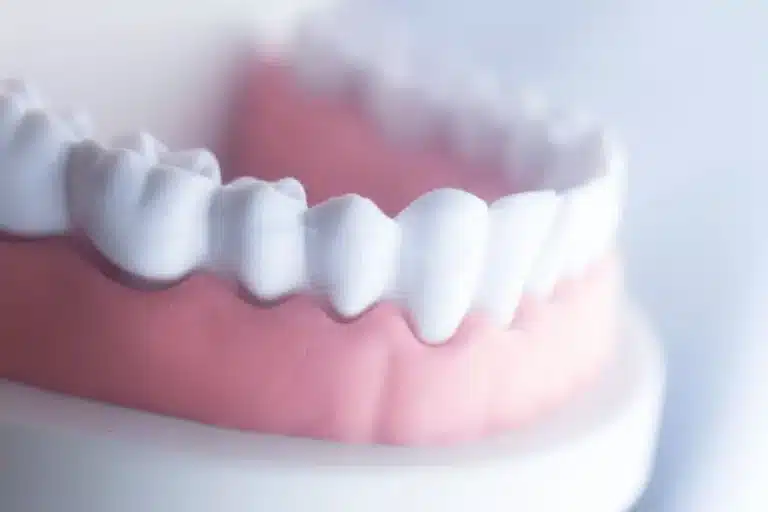Restorative Dentistry: What It Is, Types & Procedures
A bright, healthy smile is not only aesthetically pleasing but also crucial for overall well-being. Restorative dentistry plays a pivotal role in achieving and maintaining optimal oral health. In this comprehensive blog, we will delve into the realm of restorative dentistry, exploring its definition, various types, and common procedures. Whether you’re dealing with decay, damage, or missing teeth, understanding the principles of restorative dentistry can guide you towards a healthier and more confident smile. The Dentist in Frisco TX, provides quality and personalized dental care, emphasizing the community’s oral health and well-being.
Defining Restorative Dentistry
Restorative dentistry is a specialized field of dental care dedicated to repairing, renewing, and restoring the function and appearance of damaged or compromised teeth. Unlike preventive dentistry, which focuses on maintaining good oral health to prevent issues, restorative dentistry steps in when dental problems have already occurred. This branch of dentistry encompasses a range of procedures designed to rehabilitate the structure and integrity of teeth affected by decay, trauma, or other conditions.
Common Types of Restorative Dentistry
Dental Fillings
Dental fillings are among the most common restorative procedures. They involve removing decayed portions of a tooth and filling the space with materials such as amalgam, composite resin, or porcelain. This prevents further decay and restores the tooth’s functionality.
Dental Crowns
Dental crowns, or caps, are custom-made coverings that enclose a damaged or weakened tooth, restoring its shape, strength, and appearance. Crowns are often used after root canal therapy or when a tooth has a large filling and needs additional support.
Dental Bridges
Dental bridges are prosthetic devices used to replace missing teeth. They consist of artificial teeth (pontics) anchored to adjacent natural teeth or dental implants. Bridges not only restore the aesthetics of your smile but also help maintain proper dental alignment.
Dental Implants
Dental implants are titanium posts surgically placed in the jawbone to serve as artificial tooth roots. They provide a stable foundation for dental crowns, bridges, or dentures. Implants are a durable and long-lasting solution for replacing missing teeth.
Dentures
Dentures are removable appliances designed to replace multiple missing teeth. Full dentures replace an entire arch of teeth, while partial dentures fill gaps between existing natural teeth. Advances in denture technology have made them more comfortable and natural-looking.
Root Canal Therapy
Root canal therapy is performed to save a tooth that has a severely infected or damaged pulp (the innermost part of the tooth). During the procedure, the diseased pulp is removed, and the root canal is cleaned and sealed to prevent further infection.
Dental Bonding
Dental bonding involves applying a tooth-colored resin to repair minor chips, cracks, or gaps. This non-invasive and cost-effective procedure improves the tooth’s appearance and functionality.
Benefits of Restorative Dentistry
Improved Oral Function
Restorative dentistry procedures aim to restore the function of damaged or missing teeth, allowing for proper biting, chewing, and speaking.
Enhanced Aesthetics
By repairing or replacing damaged teeth, restorative dentistry enhances the overall appearance of your smile, boosting confidence and self-esteem.
Prevention of Further Damage
Addressing dental issues promptly through restorative procedures helps prevent the progression of decay or damage, preserving the health of adjacent teeth.
Long-term Oral Health
Restorative dentistry contributes to long-term oral health by addressing underlying issues and preventing complications that may arise from untreated dental problems.
Consulting a Restorative Dentist
If you’re considering restorative dentistry, it’s essential to consult with a qualified restorative dentist. A thorough examination will help determine the most suitable treatment plan based on your unique oral health needs. Regular dental check-ups and proper oral hygiene practices will also play a crucial role in maintaining the longevity of restorative dental work.
Conclusion
Restorative dentistry serves as a beacon of hope for those facing dental challenges, offering a range of effective solutions to restore both form and function. From dental fillings and crowns to implants and dentures, the field continues to evolve, providing patients with diverse options for achieving and maintaining a healthy, beautiful smile. Understanding the types and benefits of restorative dentistry empowers individuals to make informed decisions about their oral health, ensuring a brighter and more confident future.







